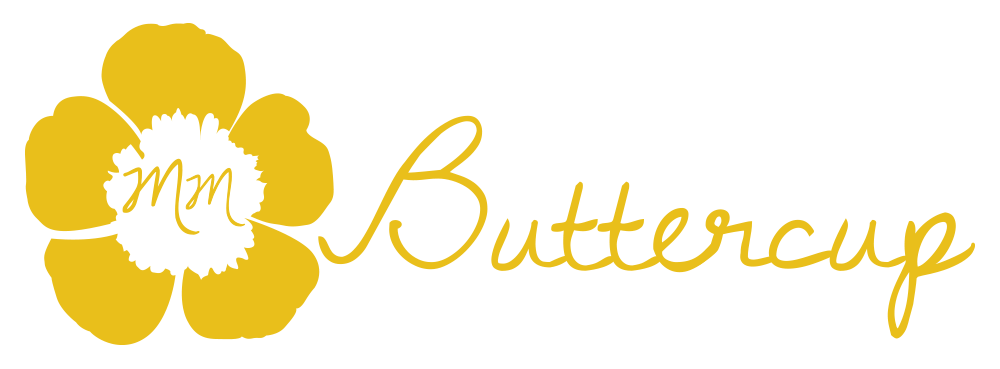Individualized. Designers and special education teachers are creating a project for an individual person. The better they know the person, the better their design will be. The judges on the Lifetime show often ask, “Who is the woman you are designing for?” Special education teachers ask a similar question, “Who is the child/student you are designing for?” The better we can answer this question, the better the outcome will be. "In order to be irreplaceable one must always be different,” proclaimed Coco Chanel. Every student we design for is different, and their IEP is individualized to personalize for them what is important.
Use of assessment data. An IEP can be a masterpiece if created to fit the person perfectly. To do so, we need to be able to use assessment data to inform the development of goals and objectives on the student’s IEP. Assessment also helps us create customized interventions for each student, because we know what students need based on observations, direct testing, parental and professional report. Same with designers who use measurements for creating the right fit. Hubert de Givency said, “The dress must follow the body of a woman, not the body following the shape of the dress." Measurement is critical to accomplishing Givenchy’s ideal. In order to create a tailor-made IEP, accurate assessment data helps the team create a perfect fit.
Team. In sewing, a seam is the straight line where two pieces of fabric meet with thread. A seam brings two separate things together as one. So do teams. Designers, from Project Runway, work independently on many of their creations. However, they are still part of a team that may include: Tim Gunn their supervisor, Mood their provider of materials, and the panel of judges who give the designers feedback. There are some episodes of Project Runway where designers work on teams with other designers to collaborate on a single item or collection. An IEP team may consist of: the student and his/her family, general education teachers, special education teachers, a case manager, the lead educational agency (LEA) or school district representative, related service providers, social worker, physician, and/or other member(s) needed to create a meaningful IEP. The student’s IEP team co-creates the plan, and some but not all members will be involved in implementation of the IEP.
Limited resources. Special education teachers and designers on Project Runway both need to work with limited resources. Time allocated for designing is limited. Both are constrained by a limited budget. Specialized materials and equipment may be needed to design.
Creative. Both types of designers start by drafting their ideas. A clothing designer might use a pad of paper and drawing utensils to make a sketch of the garment they will later sew. An IEP comes together from a rough draft also. Designers of IEPs and garments may get their inspiration from a variety of sources. Input from parents is one source of creativity. For example, I once had a secondary student with an intellectual disability who loved wood working. He was born with four thumbs and was getting occupational therapy. His Dad owned a cabinet making business and he and his family wanted “Peter” to eventually have a major part in the family business. When we designed Peter’s secondary IEP, his parents provided input about vocational opportunities they dreamed of for their son. With the team working together, we designed a creative program for Peter with: job coaching and shadowing in a woodworking company, coursework in shop/carpentry, field work, and independent studies all aimed at his future dream of making kitchen cabinets in the family business. Project Runway designers use locations, buildings, and other environmental influences as inspiration for what they create. Environment and people may be sources of creativity.
Goals. "I don't design clothes. I design dreams," said Ralph Lauren. That is what we do when we design an IEP. We design dreams for students and their families. The goals are a way to achieve the dream. Dreams need deadlines. The goals we create may have short or long term objectives.
Every member of an IEP team is a designer. We design meaningful IEPs for students that are one-of-a-kind. Every student should be so lucky to have an IEP designed just for them. Can I have one?






